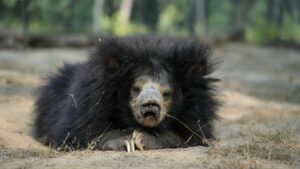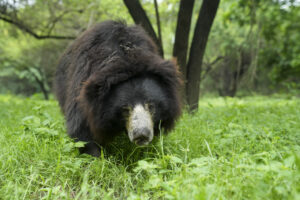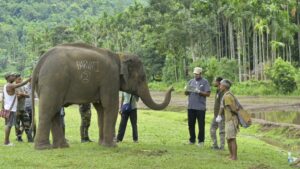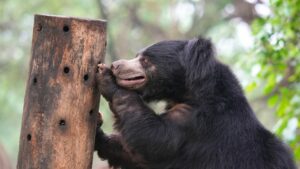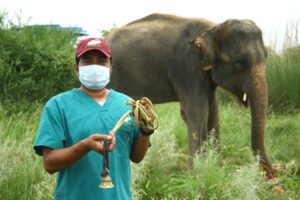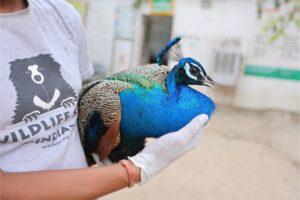What’s the first image that comes to your mind when you hear the word “bear”?
For most of us, it’s the cuddly panda munching bamboo, or the towering polar bear striding across the Arctic ice. These are the faces of global conservation: adored, photogenic, and endlessly featured in documentaries, logos, and plush toys. Pandas, with their playful charm and “mascot” status, headline wildlife campaigns that inspire millions. Polar bears, majestic and snow-bound, symbolise the climate crisis and draw international attention and funding for their protection. With every new film or awareness drive, these species gain a lifeline directly tied to their fame.
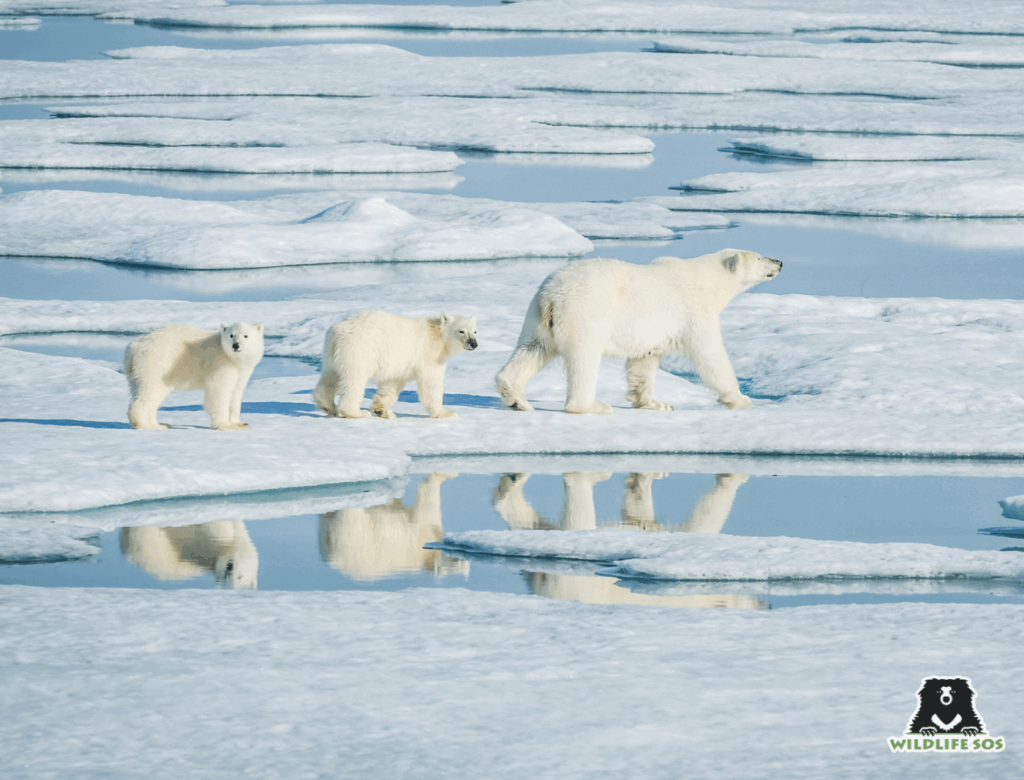
But tucked away in the forests of South Asia roams a bear that rarely makes headlines — the sloth bear. Shaggy-coated, termite-eating, and fiercely maternal, the sloth bear is unlike any other member of the bear family. Yet it remains one of the most overlooked species in both Indian and international media. The world’s gaze simply glides past them; their struggles rarely reach the global stage. For too long, sloth bears have existed, but in the background — they’re real, remarkable, but remain unseen.
Why Are Sloth Bears Overlooked?
The sloth bear’s reputation has been shaped not by its truth, but by the stories told about it. In popular narratives, these bears are cast as either aggressive intruders or oddities of evolution. Unlike other popular bears, they haven’t been marketed as charismatic symbols of conservation. In Western pop culture, they are nearly invisible — many don’t know that Baloo in The Jungle Book was inspired by a sloth bear. And even though it was, the visual representation bears hardly any resemblance to its muse. In most film adaptations, Baloo morphs into a brown or grizzly bear, erasing the sloth bear’s distinct physical identity that further reinforces global ignorance.
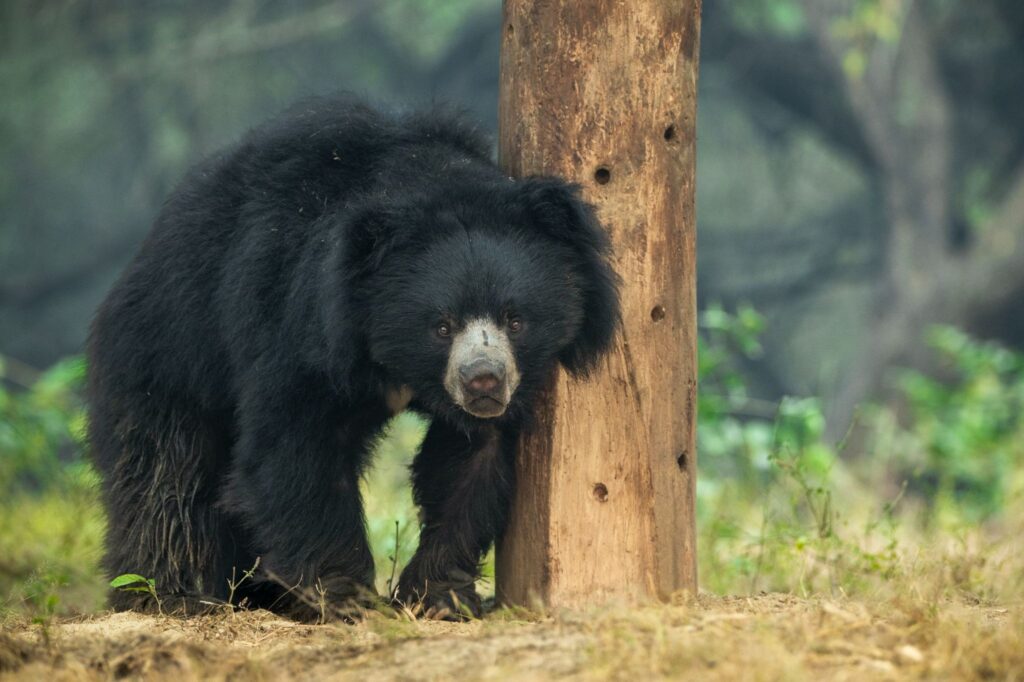
Such erasure has consequences. The media and art seldom celebrate sloth bears. They are rarely given any focus in global documentaries, and when they are, it’s often in stories about human-wildlife conflict rather than their intelligence, social bonds, or ecological importance. They don’t appear on T-shirts, toy shelves, or conservation calendars. This lack of representation translates directly into fewer conservation campaigns, weaker policy support, and limited funding. Without visibility, there is little empathy — and without empathy, there is little action. The sloth bear’s anonymity has become its silent threat.
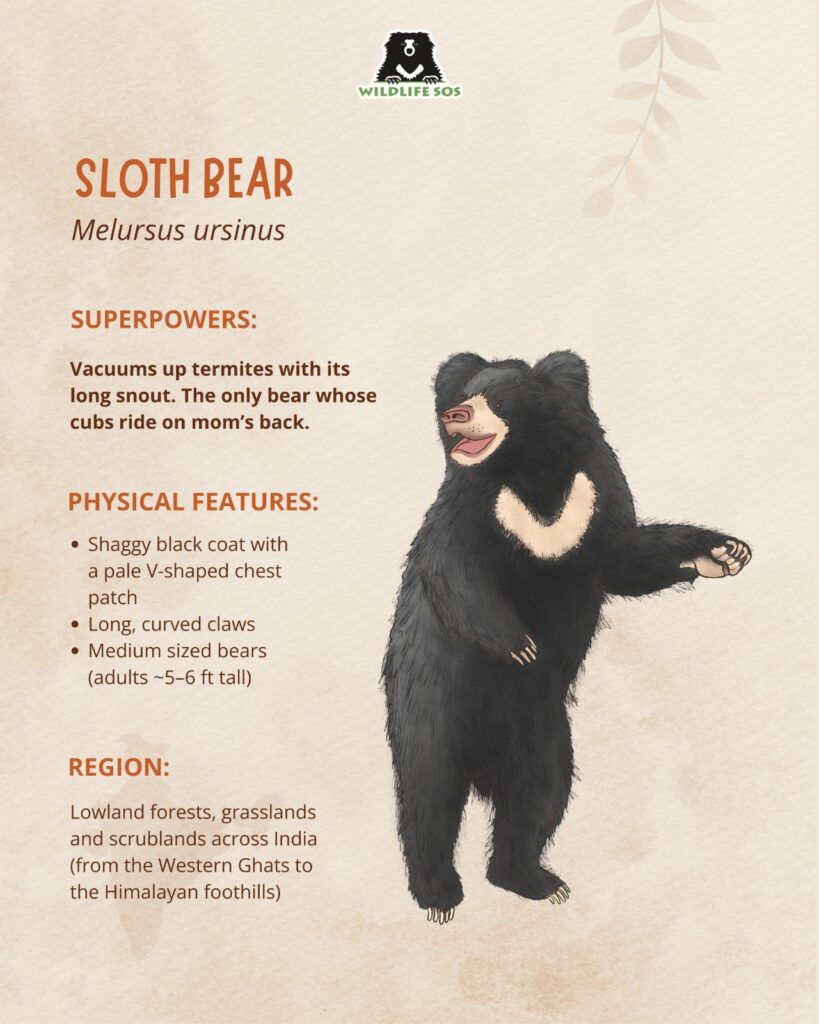
Sloth Bears: Ecological Value and Keystone Status
The sloth bear’s ecological importance is extraordinary. These nocturnal foragers are nature’s pest control experts, consuming tens of thousands of termites and ants that could otherwise devastate vegetation. As they dig, they aerate the soil, enabling new plant growth. By spreading undigested seeds across vast ranges, they regenerate forests and ensure the health of countless plant and animal species. In this quiet, unseen way, sloth bears hold entire ecosystems together — earning their place as a keystone species in India’s diverse forest landscapes.
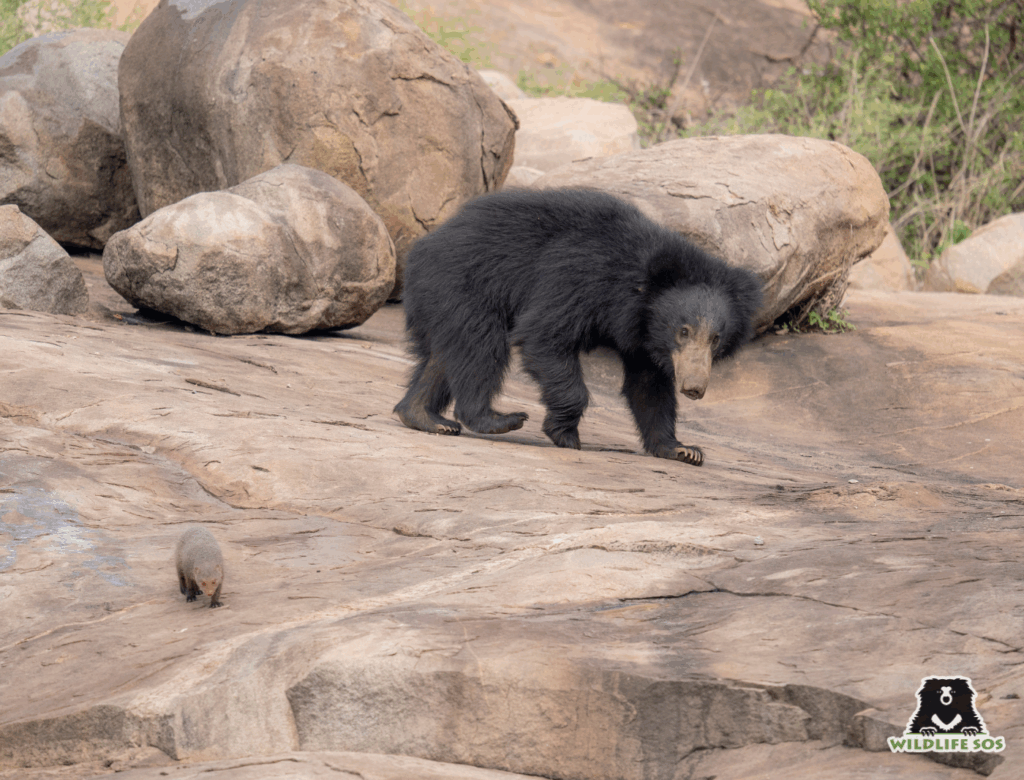
The International Union for Conservation of Nature (IUCN) lists the sloth bear as Vulnerable, with global populations estimated to have declined by over 30% in the last three decades due to habitat loss, poaching, and human conflict. India holds about 90% of the world’s remaining sloth bears, yet their range continues to shrink as forests give way to agriculture and urban expansion. In central and southern India, retaliatory killings following conflict incidents have become one of the leading threats to their survival. Despite their ecological significance, funding and global awareness for sloth bear conservation remain negligible.
Wildlife SOS: Rewriting the Sloth Bear Narrative
Wildlife SOS stands at the forefront of sloth bear conservation. Through decades of rescue operations, habitat protection, and scientific research, Wildlife SOS has saved 628 bears from abuse in the notorious ‘dancing’ bear trade — a brutal tradition where bears were snatched from the wild as cubs, their muzzles pierced with hot iron rods, and they were forced to perform in pain and fear for public entertainment. Wildlife SOS put an end to this practice by partnering with authorities, establishing rescue centres like the Agra Bear Rescue Facility (ABRF) — the largest sloth bear rescue centre in the world — and Bannerughatta Bear Rescue Centre (BBRC), the second largest centre, and launching a tribal rehabilitation programme to guide the community (Kalandars) financially dependent on this practice with new livelihoods.
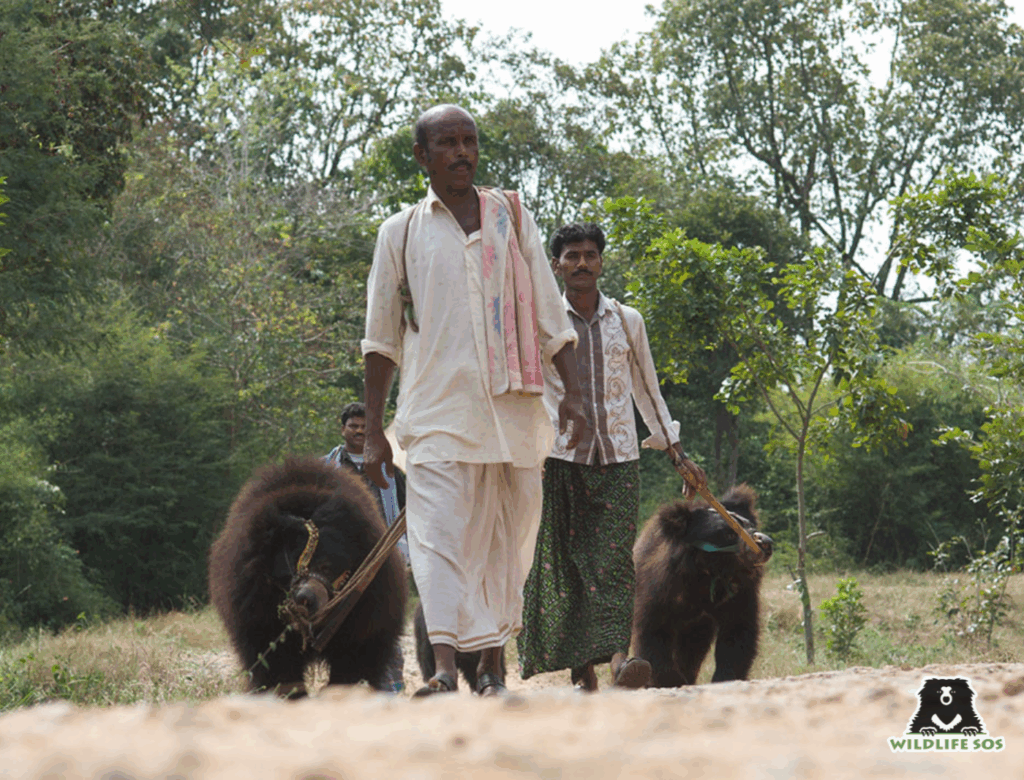
Beyond rescue, Wildlife SOS leads public education initiatives and rigorous field research. The latter involves studying sloth bear behaviour, stress biology, and ecosystem dynamics to guide policy and protect forest corridors. By sharing moving stories of individual bears who survived cruelty and found peace, Wildlife SOS is humanising a long-neglected species and chipping away at the barriers that keep sloth bears in the shadows.
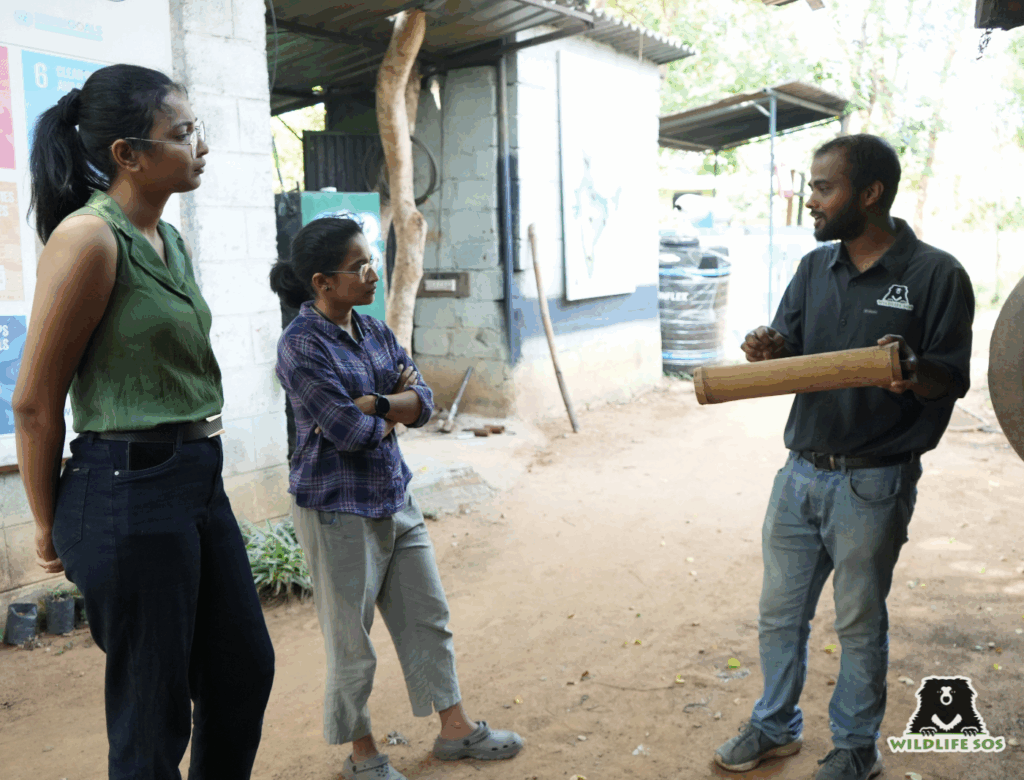
A Call to Action: Celebrate the Unseen
October 12 is when we observe Sloth Bear Day. It is time to put the spotlight on the spectacular species native to the Indian subcontinent. Not as street performers most elders in the family recall as, but as living beings that were subjected to pain that was mistaken as entertainment. Sloth bears deserve not pity, but parity — in conservation, in media, and in our collective imagination. Their story needs to be rewritten, not as one of ferocity or fear, but one that shares their resilience, a strong and protective motherhood, and shares their ecological significance.
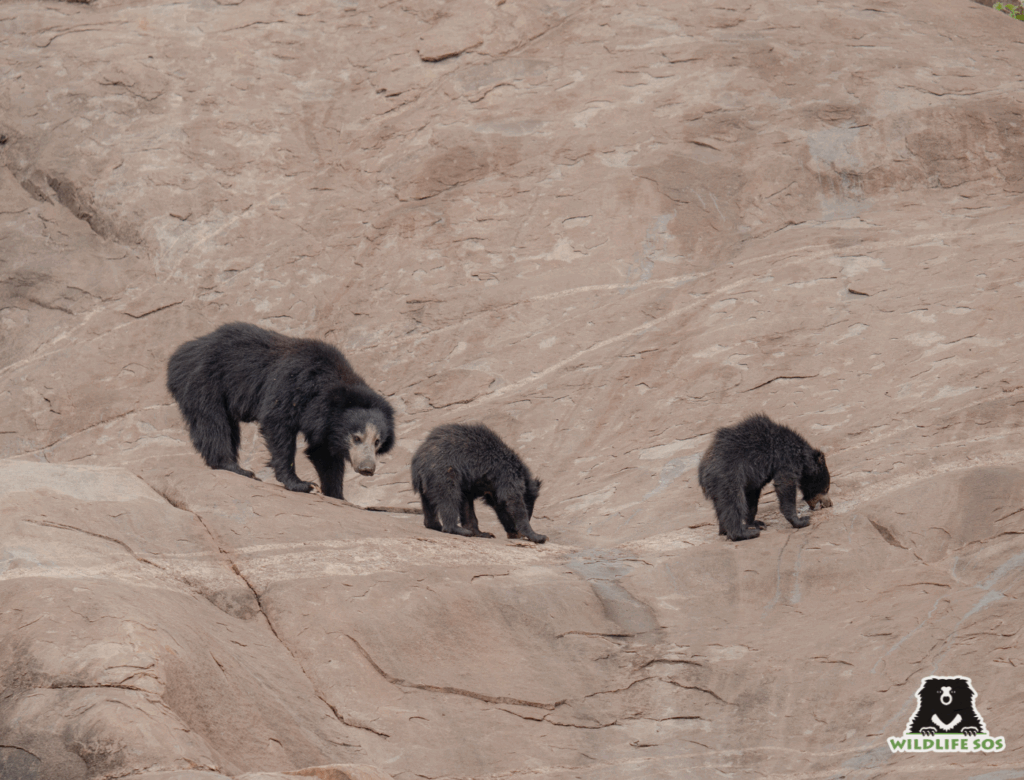
Join Wildlife SOS in championing the sloth bear’s story. Support their protection. Help rewrite the narrative — from being unknown to being celebrated. Because when we see what has been unseen, we begin to care for the wonderful world of the wild.
Let’s make the world see the sloth bear — before it’s too late. Donate to Wildlife SOS today and help protect these remarkable bears and their forests.
Feature image: Kunal Malhotra/ Wildlife SOS

